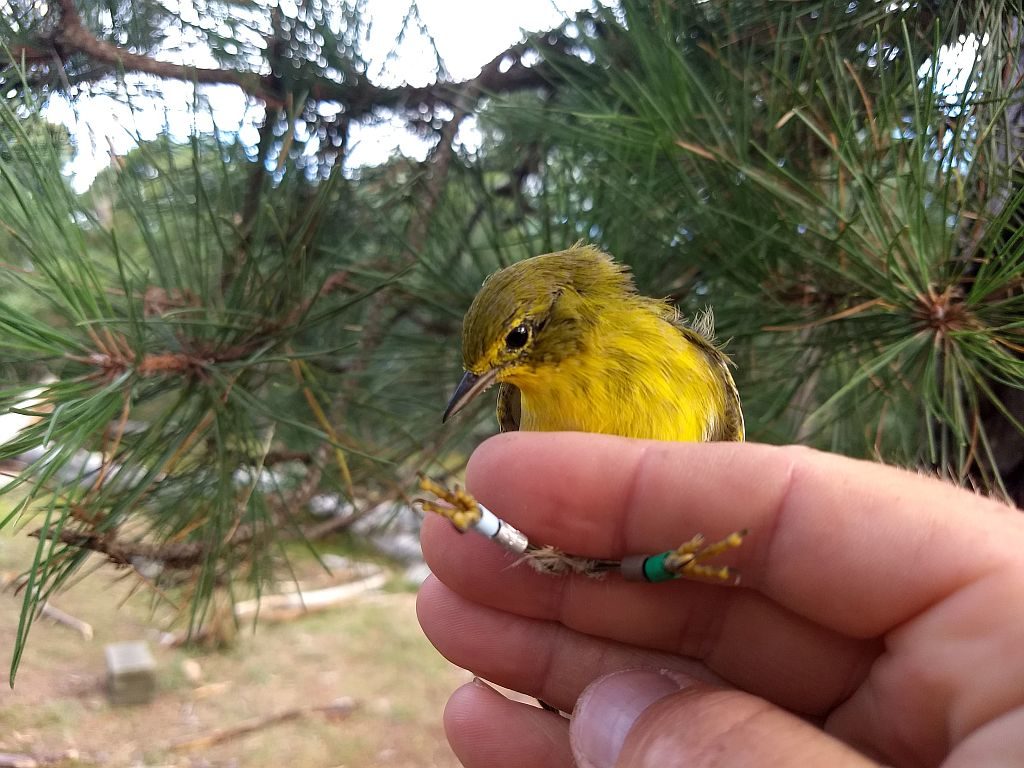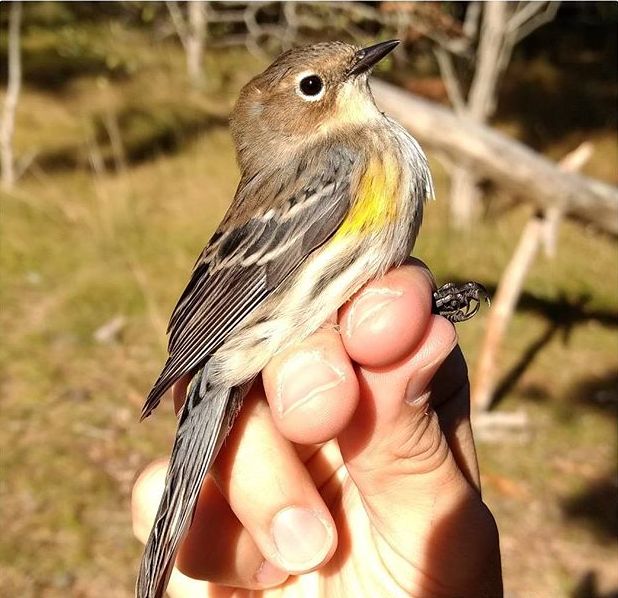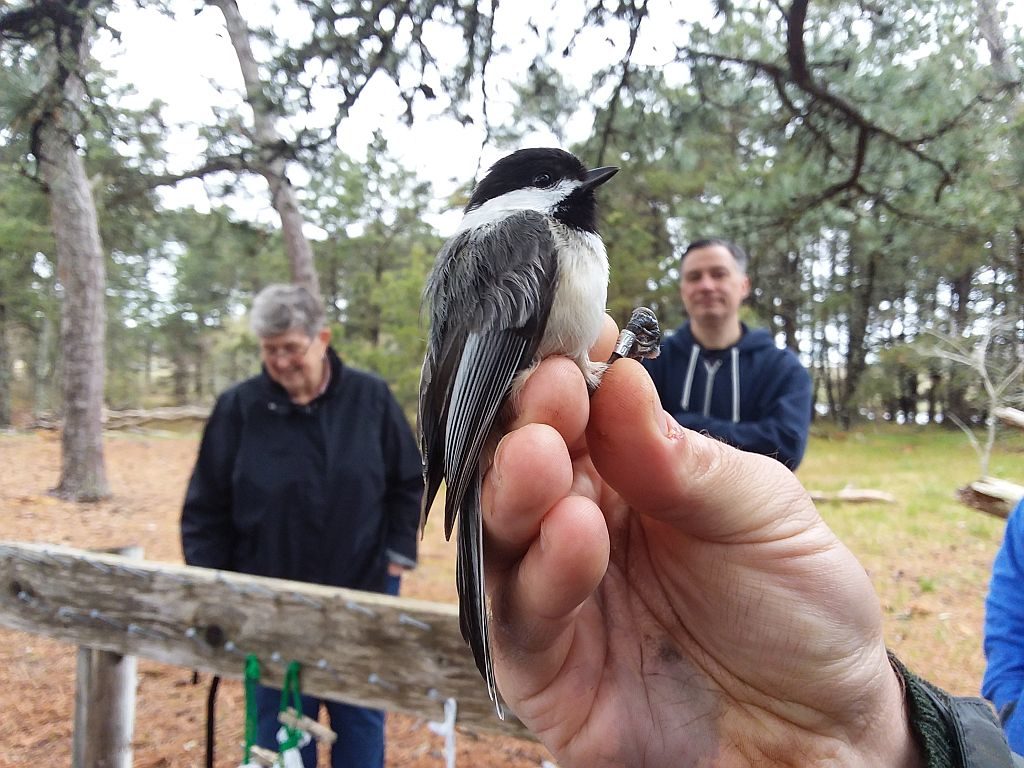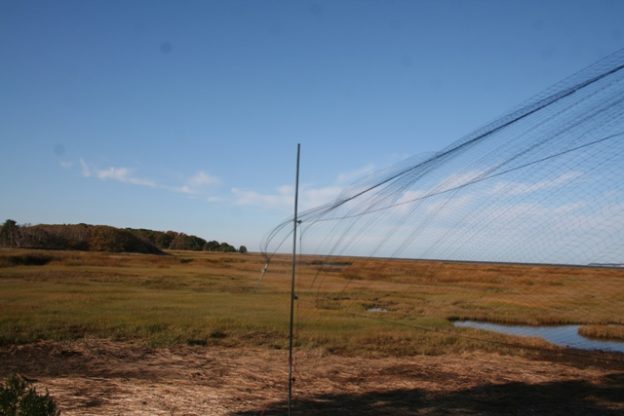Wellfleet Bay’s bird banding operation hit a modest milestone last September, marking its fifth fall migration since it set up shop in fall of 2014.

We realize that for bird monitoring 5 years is still very much a blink of an eye compared, say, to a period of 30 years. But in that relatively short period time hundreds of school kids and adults have had the chance to watch wild birds and the people studying them at very close range.
But here are some things we can state with certainty about last fall: Banding manager James Junda and his team captured 2,083 birds, nearly 1,500 of them new birds. Seventy-four species were netted, the second most since the first banding session in fall of 2014.
Here were the top ten species for fall of 2019:
Pine Warbler
Gray Catbird
Black-capped Chickadee
Blackpoll Warbler
Ruby-crowned Kinglet
Chipping Sparrow
White-throated Sparrow
American Goldfinch
Song Sparrow
Swamp Sparrow

Pine Warblers, which breed on the sanctuary and elsewhere in the region, had a huge year—325 birds compared to only 32 in 2015. James says the addition of a new net in Pine Warbler- preferred habitat on the sanctuary may be partly responsible for that strong showing.
One of the challenges of drawing conclusions about bird abundance over short periods of time is the impact of weather. Cold fronts that overlap with a given species’ migration window can influence what kind and how many birds you capture among years.
We saw our greatest diversity of species—a total of 42– during a prolonged period of cold fronts with northwest winds in the second half of October, right smack in the middle of peak migration for kinglets and sparrows. Swamp Sparrows managed to make our top ten list with about triple their usual numbers and there was a similar increase for Ruby-crowned Kinglets, White-throated, and White-crowned Sparrows. (In fact, White-crowned Sparrows were 5 times more numerous last fall than in all previous years combined!) The delightful Brown Creeper, also an October migrant, ranked 12th on our list, with 42 captured.

But some familiar fall birds were relatively scarce. We logged far fewer American Goldfinches—75 compared to 171 in 2017—and Yellow-rumped Warblers were down, with only 34 captured last fall. We had over a hundred of each species the previous two years.

The banding station’s fifth anniversary was marked by at least one celebratory moment. The first chickadee banded here in fall of 2014 was recaptured. It was fun to see this old friend still alive and well!




wonderful!